Electric vehicles exist in different forms: traction, propulsion, all-wheel drive, etc. and can have one to four motors. We will return in detail to the usefulness of these different engines, and to vector torque, which is so useful in many situations.
Electric vehicles must deal with the laws of physics to constantly pushing the limits of performance, handling, and of course efficiency to be able to cover even more kilometers between two charges.
We will go back in detail today to the different engines and particularities of the powertrains of electric cars, distinguishing between multiple cases. We will show the classic configurations with a single motor, then the all-wheel drives with two motors. We will then examine the case of the Tesla Model S Plaid which is equipped with three motors, before talking in detail about vector torque.
Propulsion or traction: vehicles with a single engine
The majority of electric vehicles have a single motor, located at the front of the vehicle, under the hood. These are electric cars called “two-wheel drive”which means that the engine does not drive all four wheels.
All electric cars with the front axle driven by the engine are called “traction”, and those with the rear axle driven by the engine are “propulsion”. It is usually accepted that rear-wheel drive vehicles have a sportier profile. (Tesla Model 3 or Model Y Propulsion in particular), and whose handling can be easier when accelerating.
Traction drives are generally reserved for less powerful vehicles., such as the Renault Zoé, the Opel Corsa-e or the MG4. Front-wheel drive systems present an advantage for manufacturers in terms of design, since the engine can be housed as close as possible to the front running gear, under the hood. It is less easy to find the necessary space in the rear, which is why the least expensive vehicles are often front-wheel drive.
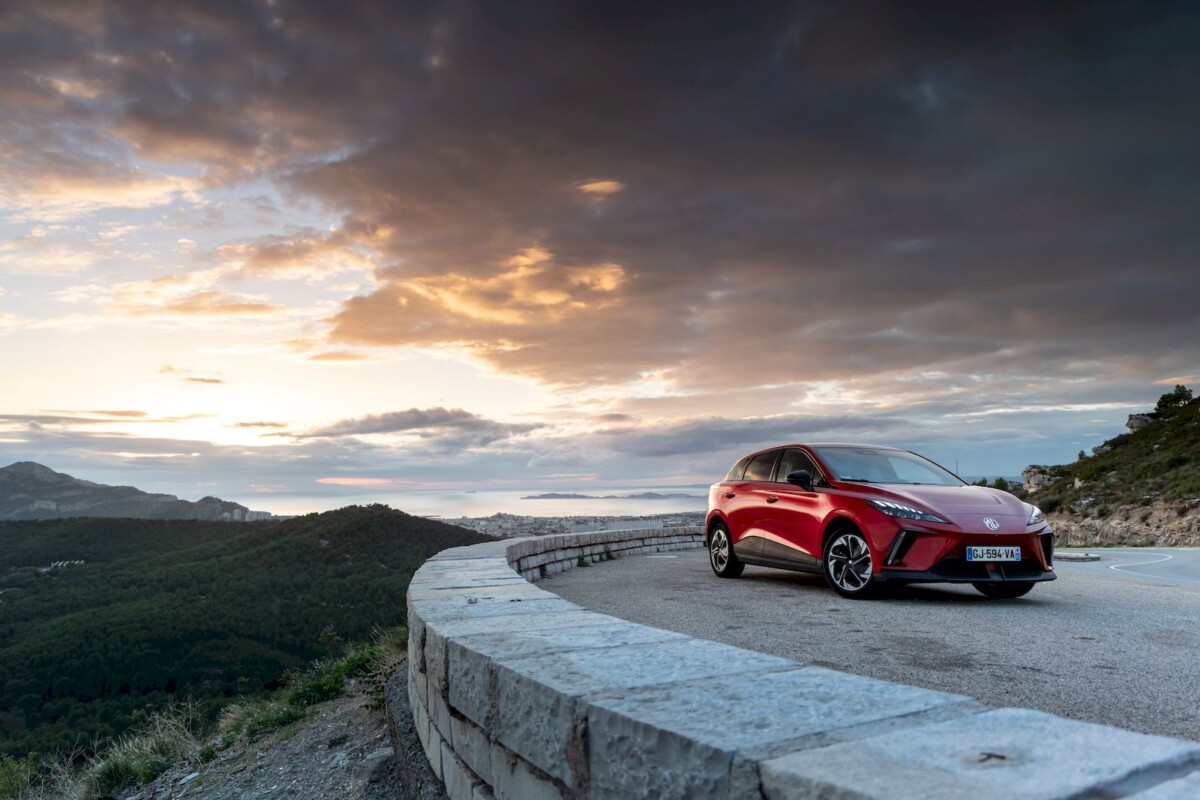
The disadvantage compared to propulsion occurs when accelerating. When you put your foot to the floor, the front of the vehicle tends to rise, which causes the front wheels to lose grip and may spin. This phenomenon does not really affect the propulsion systems, since it is the rear wheels which convey the traction. However, propulsions are more subject to loss of grip on wet or frozen groundwhere it will be appropriate to drive more carefully.
Note that these characteristics are slightly different for thermal vehiclesin particular because of the center of gravity which is not as low as that of electric vehicles, and the weight distribution which is not at all the same (because of the weight of the batteries).
Vehicles with two engines: 4×4 or all-wheel drive
To have the best of both worlds, some manufacturers put both an engine at the front and one at the rear, thus corresponding to all-wheel drive. In this way, they overcome the limits of traction in terms of grip and power, and they allow propulsion that could struggle on frozen ground to regain its splendor.
One of the most popular examples of all-wheel drive on electric vehicles can be found at Tesla, with its entire range available in a two-motor version. The Tesla Model 3 and Model Y Long Autonomy or Performance are thus equipped with two motors, one at the front and one at the rear.
The size of the engines is so small that a trunk under the front hood is always present on these versions, and the latter is the same size as on the rear-wheel drive versions. Tesla uses each of the engines wisely, so that the efficiency/performance/adhesion combo is as good as possible.
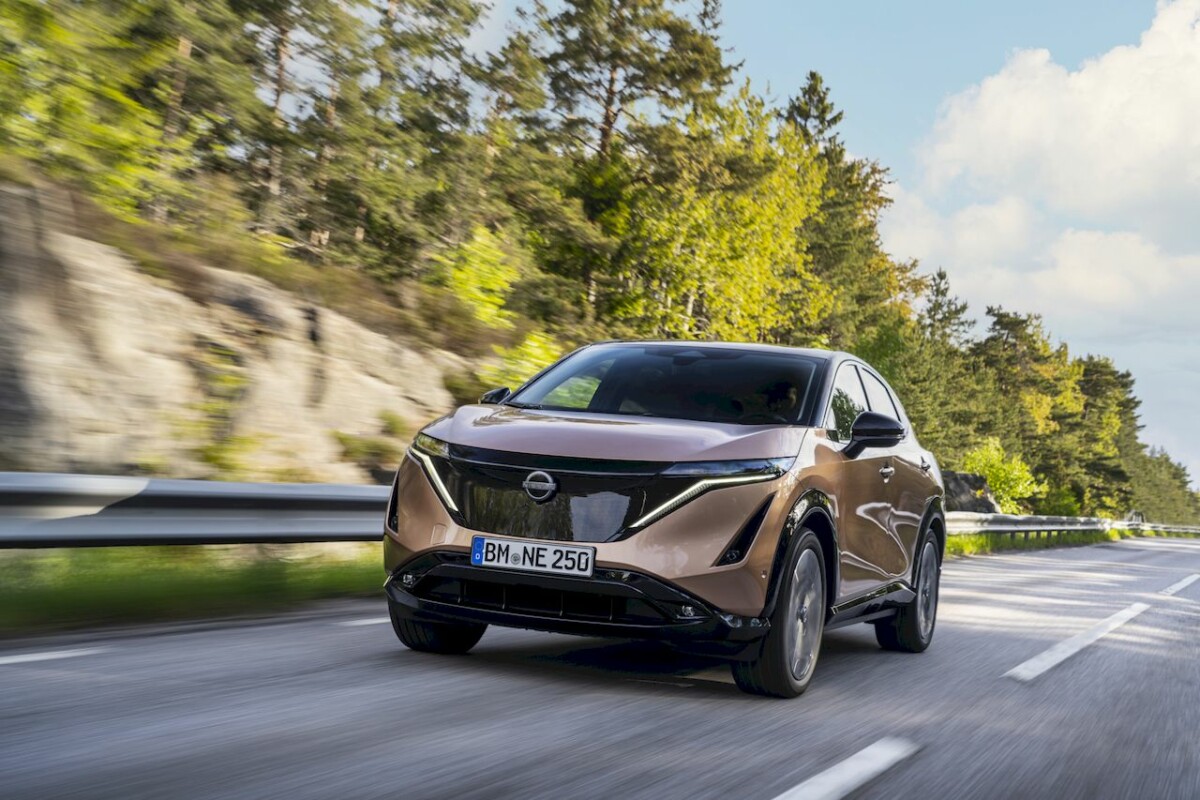
So, on the highway at steady speed, the front engine is at rest, and the vehicle behaves completely like propulsion. But in the event of sudden acceleration, or loss of grip, the front motor will instantly turn on to either correct the trajectory or send more power to the front wheels.
Likewise, the addition of a second motor makes it possible to maximize regenerative braking, so important for optimizing the consumption of connected cars. Many other manufacturers have understood the importance of all-wheel drive, which is found in other brands that wish to offer high performance to their customers. This is particularly the case for the Mercedes EQS AMG, certain Audi e-trons, and even the high-end Nissan Ariya.
The fact of having two engines, even if one of the two is only rarely used, reassures the owner of the vehicle regarding handling, but it also drastically improves performance. However, if that is not enough, some add yet another engine.
Tesla Model S Plaid: a vehicle with three engines
Tesla caused a lot of ink to be spilled by announcing a vehicle with three engines: the Tesla Model S Plaid. This car with more than 1,000 horsepower boasts of reaching 100 km/h in just 2.1 seconds, whereas many electric cars take four times as long for the same exercise.
Of course, comparing a Volkswagen ID.4 and a Tesla Model S Plaid makes little sense, but it puts things into perspective. With the arrival of the Tesla Model S Plaid, the American manufacturer has unveiled new engines, coated with a sheet of carbon, two of which are located at the rear of the car.
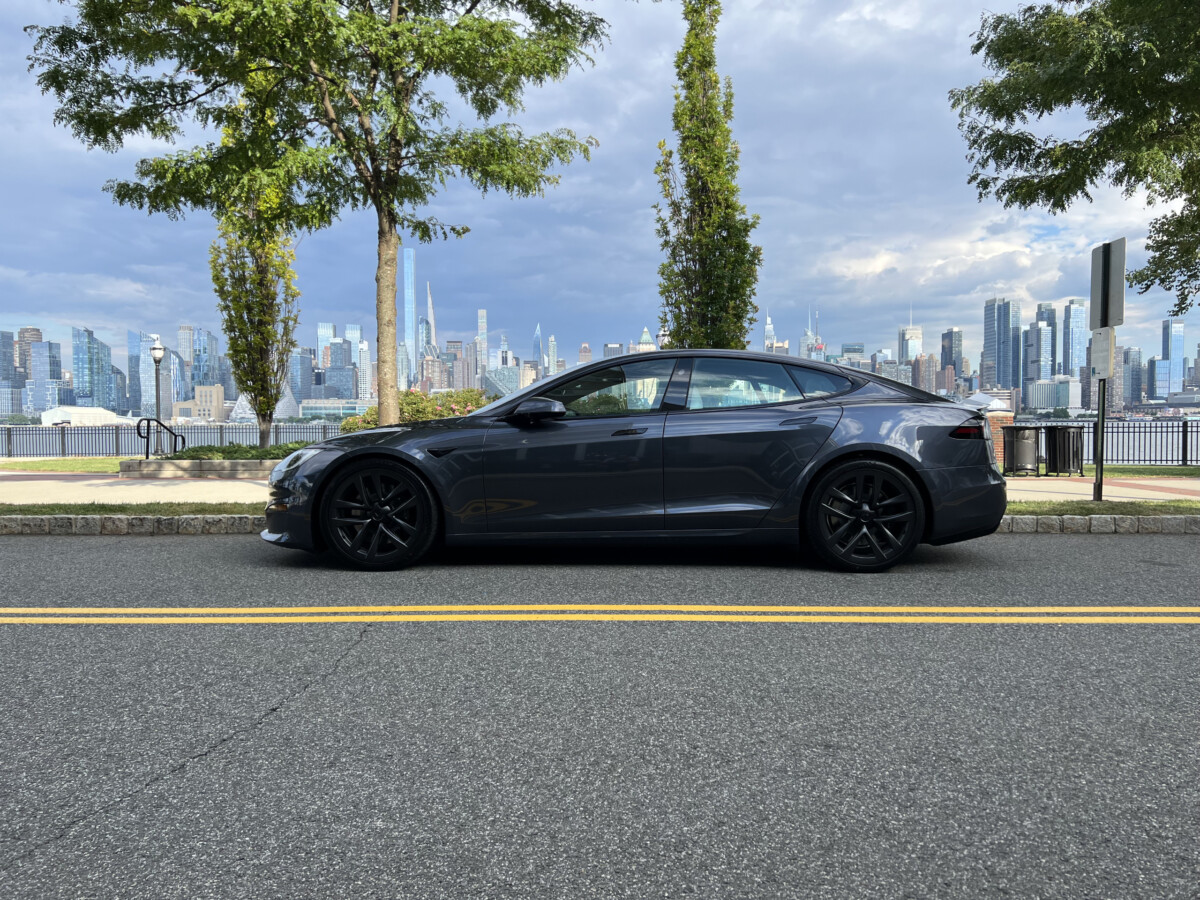
This three-motor configuration keeps one at the front, which is in charge of the two front wheels, and each rear wheel has its own independent motorwith the aim of maximizing handling and acceleration.
With its Tesla Model S Plaid, the manufacturer wanted to redefine what was expected of a sporty electric vehicle, and therefore took the opportunity to integrate a “track mode”, which is specifically designed to take advantage of the three motors. In this track mode, thehe vehicle relies on each motor to precisely control torqueso as to keep the vehicle straight during acceleration phases, and to allow it to regain agility in turns.
And even four engines!
There are even models with 4 motors. For example, the engine of the Zeekr 001 FR is really impressive. At a time when most electric cars have a single engine, it goes well beyond that. Even if certain high-end models like the Tesla Model S Plaid or the Lucid Air Sapphire have opted for three engines, the Zeekr, with its four enginessets a new standard.
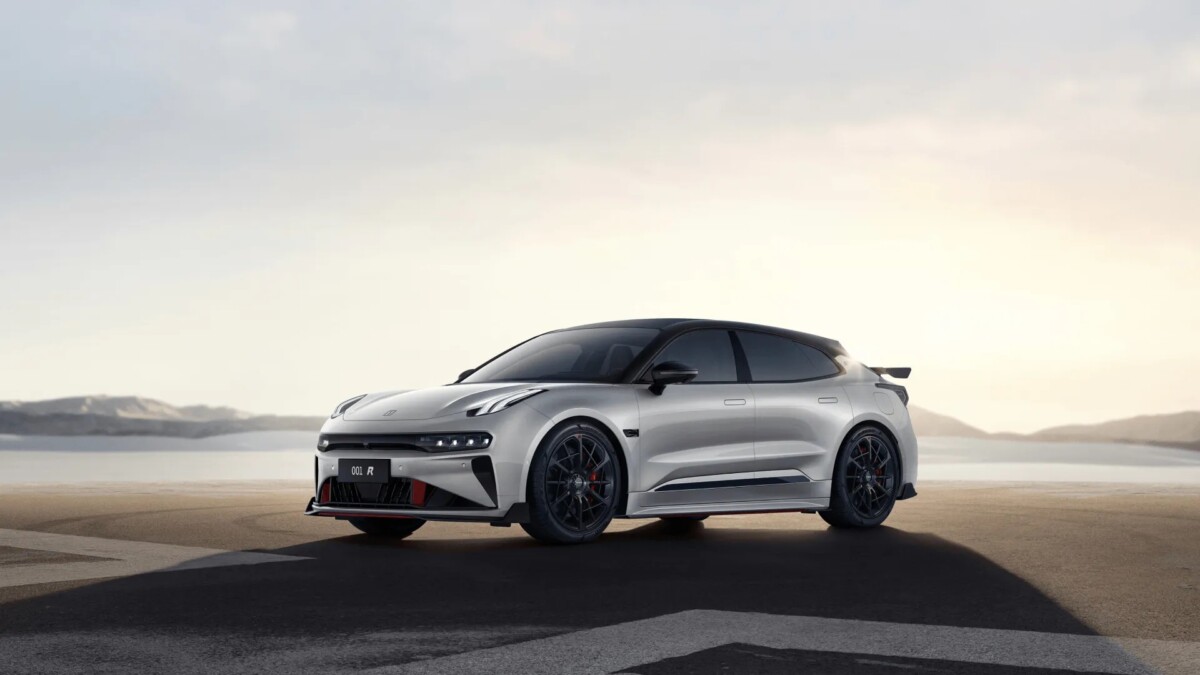
It offers a phenomenal power of 1,265 hp (943 kW) and acceleration from 0 to 100 km/h in just 2.07 seconds, with a top speed of 280 km/h.
A particularly interesting detail regarding the onboard technology is the rear motor, which uses a rotor wrapped in carbon fiber. This can reach an impressive speed of 20,620 rpm, with a total power density of 4.4 W/kg.
Since then, there have been others, such as the BYD YangWan U8. This SUV does indeed have four permanent magnet synchronous electric motors, one on each wheel.
Torque vectoring
The principle used by Tesla in its track mode is not exclusive to Elon Musk’s firm, sincethis is the vector torque (torque vectoring in English)which is implemented by many manufacturers (Audi, Mercedes, Volkswagen and Porsche in particular).
In practice, on a rolling train, the vector torque will control and redistribute the torque to one or the other wheel, depending on the situation. If, for example, the driver puts his foot on the floor in a straight line, the torque will be distributed symmetrically on each wheel, so that the vehicle goes straight.
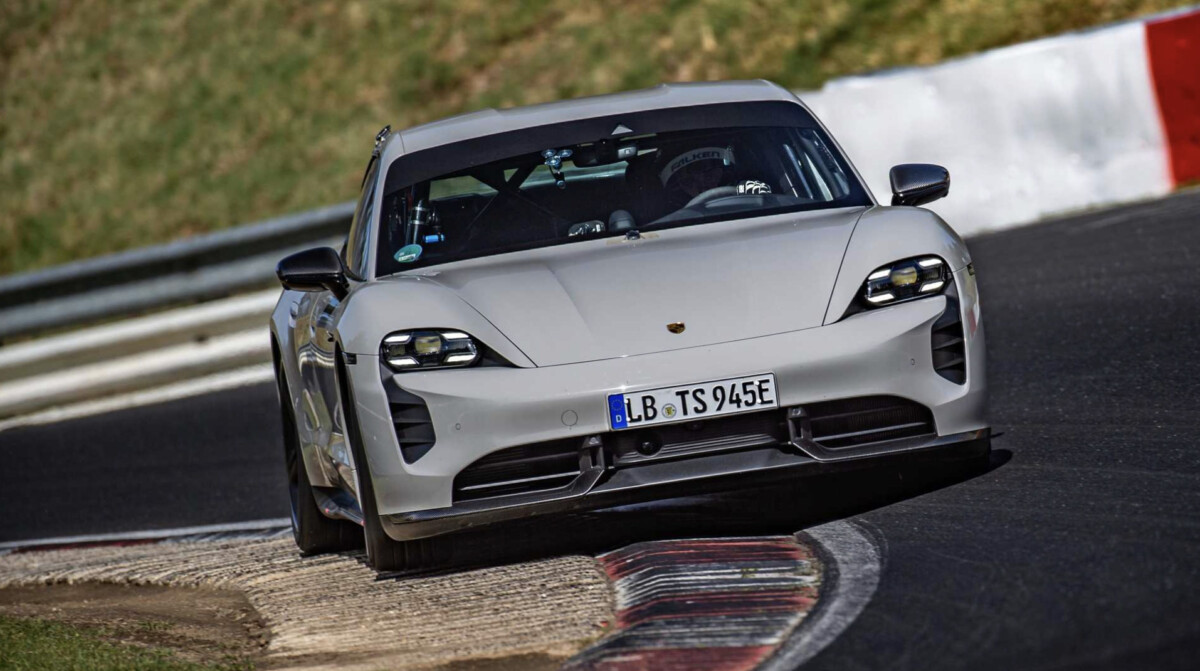
However, in a tight turn, the torque will be applied mainly to the outside wheel, in order to counterbalance the rotational force, and thus keep the vehicle stable in the turn. The powertrain’s reaction time to apply vectored torque correctly to either wheel is on the order of 10 milliseconds, which is more than 30 times faster than the blink of an eye.. Suffice to say that a human has no chance of reacting more quickly.
If vector torque management is very useful in sporty driving on the track to improve your lap time, it is a principle which is useful on a daily basis as soon as there is a loss of grip detected. On wet, snowy or icy roads, a correction applied in 10 milliseconds can help prevent a slip with serious consequences.
As you will have understood, this notion of vector torque is very important, and when electric vehicles display Supercar performance with a weight that easily exceeds two tonnes, controlling this vector torque is essential for manufacturers.
Did you know ? Google News lets you choose your media. Don’t miss Frandroid and Numerama.
